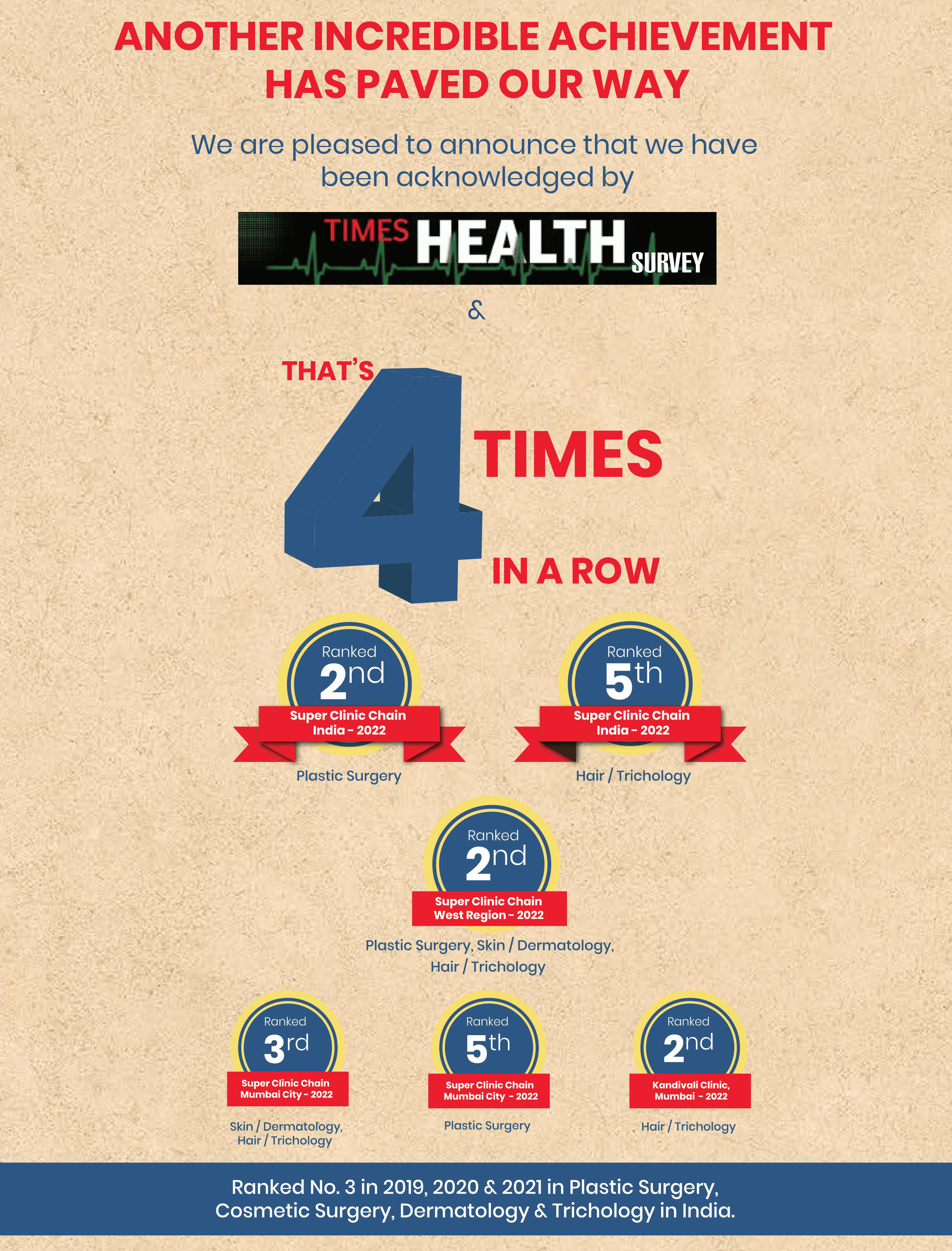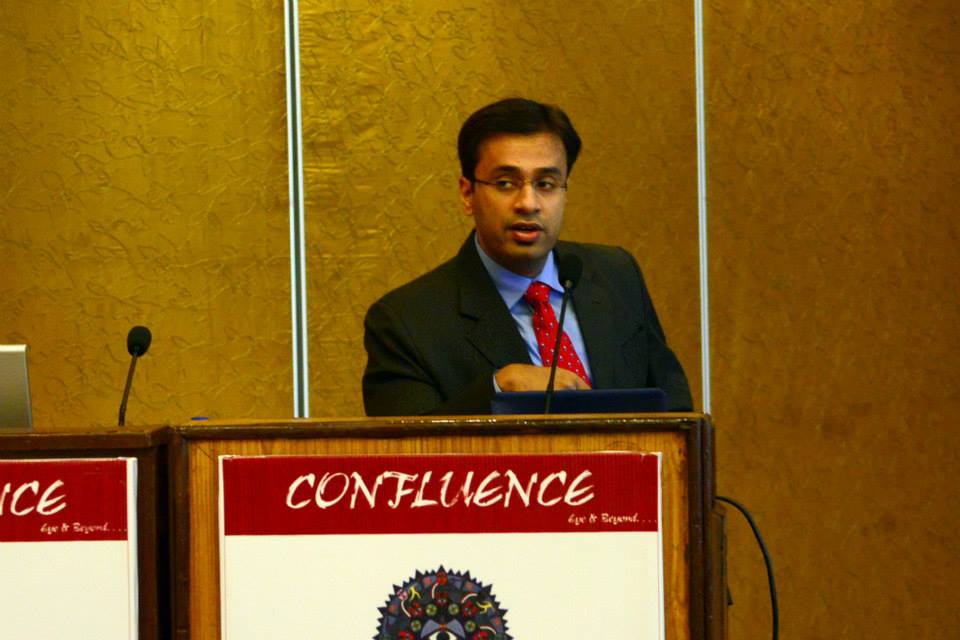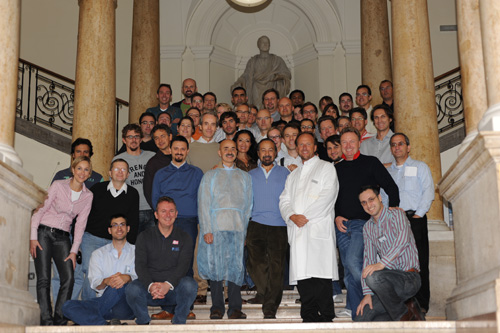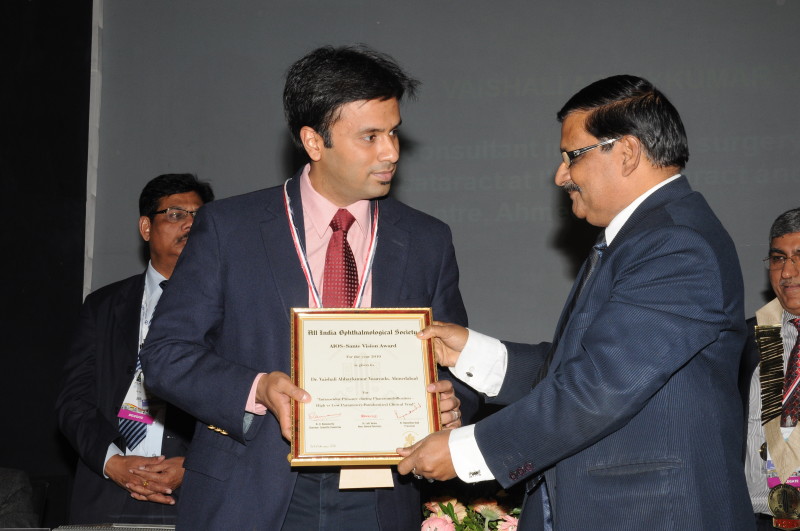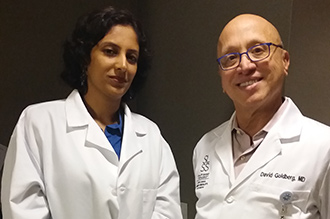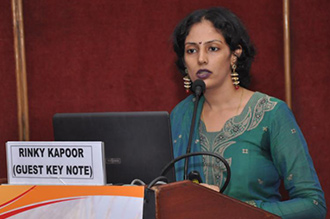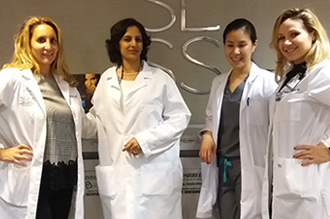As much as necessary, dental health needs to be given great attention in order to ward off the incidence of certain conditions that could have significantly damaging effects. More so, diseases/infections are not far off where poor dental health subsists, and one of such is submandibular space infection. By the way, the submandibular space describes the sheet of connective tissue between the head and the neck, and it is composed of the submaxillary space and the sublingual space – these two spaces are separated by the mylohyoid muscle.
Submandibular space infection, also known as Ludwig’s angina, refers to bacterial infection affecting the floor of the mouth, and it is often characterized by swelling and fever. Pain and/or discomfort is(are) also experienced, especially as a patient attempts to open his/her mouth. The situation can even be worsened to the point of death where the swelling had caused the blockage of the airway – this is the scenario that sometimes warrants patients to visit the emergency ward of clinics. Again, in severe cases, this infection can lead to complications such as septic shock – a condition known to result in markedly low blood pressure – and sepsis whereby the body severely responses to the presence of bacterial load. Besides poor dental hygiene, submandibular space infection can also be triggered trauma in the mouth or as a result of tooth extraction. Alcoholism, malnutrition, trauma arising from diabetes, and immune system-compromising disorders have been reported as predisposing factors in cases of submandibular space infection. This infection is most predominant among individuals between the ages of 20 – 60 years, and males are more commonly affected by it than females.
Symptoms of Submandibular Space Infection
Apart from pain and fever, the following signs may also be noticeable at the onset of submandibular space infection:
The second and/or third molar teeth of the lower jaw is(are) usually involved in submandibular space infection. As the tooth root is linked to the point where the mylohyoid muscle is attached to the lower jaw, the submaxillary space is also involved at the onset. The infection then spreads to the middle of the tooth as the surface of the gum facing the tongue is considerably thin. The spread continues bilaterally as the sublingual and submandibular spaces are also impacted, and the spread becomes full-blown. Then the tongue may begin to enlarge, extending in a direction that is posterior to the throat’s bottom, pushing against the palate, and projecting out of the mouth.
Submandibular space infection is usually through a combination of direct visual examination [by a medical practitioner] and magnetic resonance imaging or computed tomography (CT) scan. The specialist will check to see if there is redness and swollenness around your neck and head. On top of this, the state of the floor of the mouth and the placement of the tongue will also be examined for signs of swollenness and misalignment.
The main objectives of submandibular space infection treatment are to achieve improved breathing outcomes and enhance the quality of dental health; these ultimately lead to the restoration of the facial shape. There are pharmacologic (non-surgical) and surgical therapeutic interventions used in the treatment of submandibular space infection, and either of these can be adopted singularly or together depending on the severity of a patient’s case.
Since specific bacteria are implicated in the incidence of submandibular space infection, broad-spectrum antibiotics – that act on both Gram-negative and Gram-positive bacteria – are used in suppressing the (bacterial) load. The administration of antibiotics is usually considered in line with the status of the patient’s immune response. For one, in the instance where the infection has compromised the immune system of the patient, antibiotics such as Cefepime, Meropenem, Piperacillin-Tazobactam, and Imipenem are recommended. On the other hand, patients with a healthy immune system may be given Penicillin G, Clindamycin, or Ampicillin-Sulbactam.
Surgical approaches are majorly employed to achieve the improved management of the airway. Tracheostomy, which involves the use of a special tube to provide assistive breathing, is a common example of surgical protocols used in treating submandibular space infection.
Tracheostomy is normally performed under general anaesthesia with the surgeon making an incision on the front area of the neck, just below your laryngeal eminence (that is, your Adam’s apple). The aim is to access your windpipe, with an adequately wide hole to hold the tube is created. Once the hole has been made, the surgeon will methodically insert the tracheostomy tube, and this may be connected to a ventilator in the instance whereby a supportive machine is required for you to breathe. To secure the tracheostomy tube, the surgeon uses a band that goes around your neck. It should be noted that tracheostomy can be temporary or permanent depending on the level of damage that might have been caused by the submandibular space infection.
In the event of temporary tracheostomy, the surgeon will get to remove the tube after asserting – through comprehensive evaluation – that your condition has improved. For permanent tracheostomy, you will be guided on how the adaptive measures to observe while adjusting to this new way of breathing. That said, it may be unlikely to end up with a permanent tracheostomy tube if the issue of swollen/elevated tongue is effectively taken care of. It must be highlighted that tracheostomy is a delicate technique that could lead to the collapse of the lung, thyroid gland damage, and scarred tracheal tissues. This is why you must look out for the best hands to perform this procedure. Dr. Debraj Shome and other highly experienced plastic surgeons at The Esthetic Clinics have carried out this surgical procedure with a high success rate. They will not only properly diagnose your case and complete an excellent operation, but also provide you with valuable tips on how you can clean and efficiently use the tracheostomy tube.
Incision and drainage is another technique used in treating submandibular space infection, and this can be done using either the intraoral or external approach. The intraoral approach is usually recommended when the infection involves only the tissue spaces in the area below the mouth and above the mylohyoid muscle which performs certain mobility functions within the oral cavity. On the flip side, external incision and drainage technique is applicable in cases whereby the infection is associated with the peri mandibular space. After accessing the mandibular space – through incisions – the surgeon places drains at the site to let off the pressure that had been built around there. General anaesthesia is usually applied before performing this minimally invasive surgical procedure. It should be noted that a technique known as nasotracheal intubation may be adopted if the surgeon is unable to make an incision around the windpipe. This intubation simply involves inserting an endotracheal tube – which is connected to a ventilator – into the patient’s nose for breathing purposes.
Submandibular space infection is a life-threatening disorder as it limits airflow capacity. So, treatment should be initiated as quickly as possible once an individual has been diagnosed with this infection. Notwithstanding, it’s best that you make efforts towards preventing the infection by:
Treating submandibular space infection in India is not hard to come by with The Esthetic Clinics nearby. Our medical centre is equipped with sophisticated diagnostic imaging equipment that can be used in running comprehensive examinations, as well as the resources to perform the operation under sterile conditions – without any unpleasant incidence of complication. More so, our plastic surgeons are always available to work with your physician, to design a treatment regimen for the effective management of your submandibular space infection.
There are variations in the cost of treating submandibular space infection, and this is evident by the different types of therapeutic interventions that can be adopted. Even in the event where one particular treatment regimen is selected; for instance, antibiotics, the cost range will be factored on the class of antibiotic and the length of days the medication may be needed to effect a positive outcome. The situation will definitely not be the same with surgical interventions which can be broader with higher cost. In light of this, here are some of the factors that can impact the cost of your submandibular space treatment:
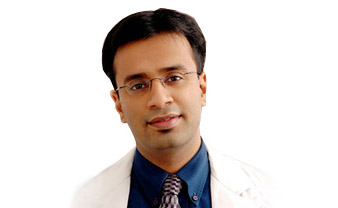

Dr. Debraj Shome is Director and Co founder of The Esthetic Clinics. He has been rated amongst the top surgeons in India by multiple agencies. The Esthetic Clinics patients include many international and national celebrities who prefer to opt for facial cosmetic surgery and facial plastic surgery in Mumbai because The Esthetic Clinics has its headquarters there.
